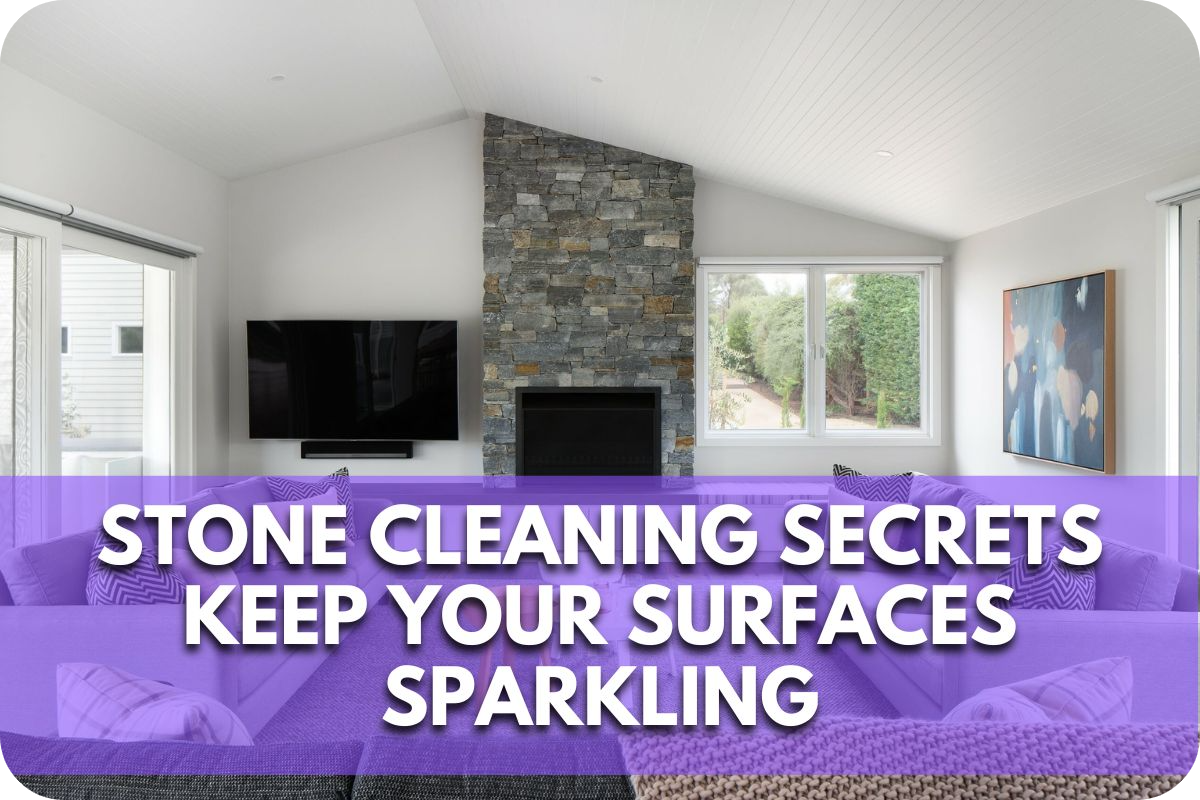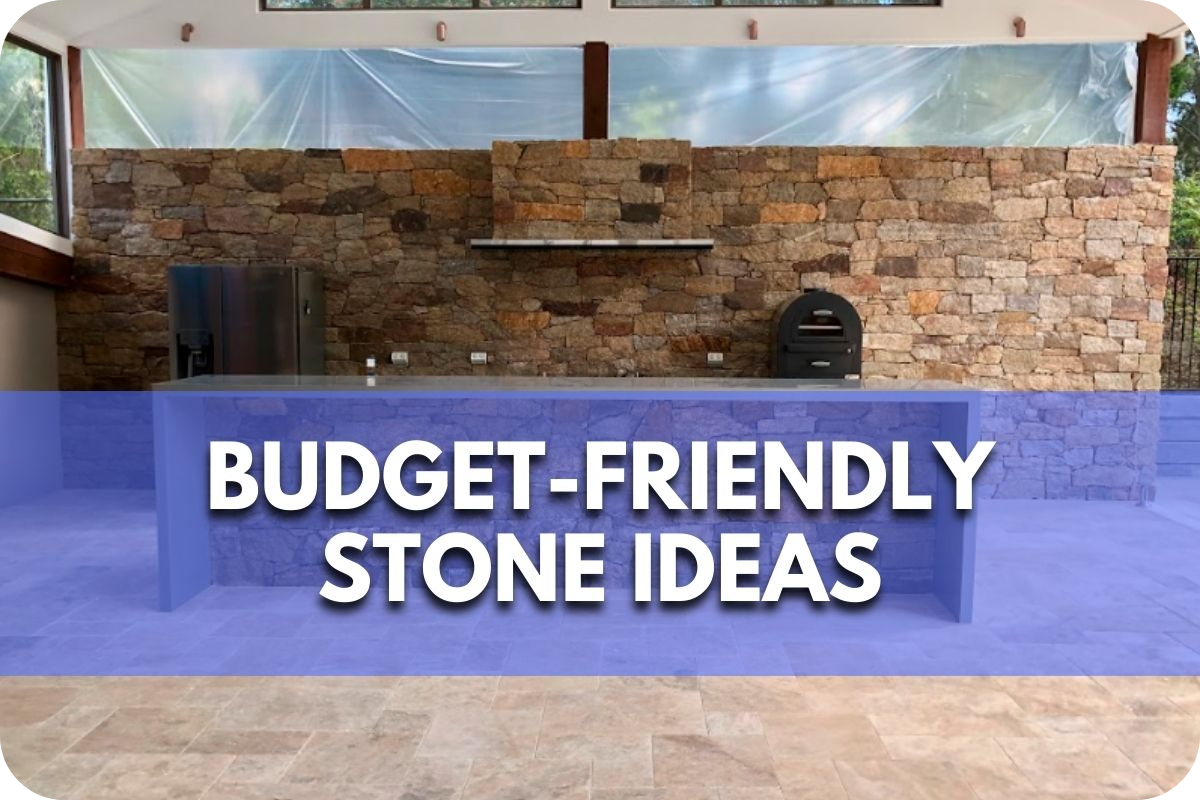Celebrity Homes with Breathtaking Stone Features
While celebrity homes are renowned for their lavish decor and architecture, replicating such luxury often appears financially impractical for the average homeowner.
Many admire the grandeur of celebrity home aesthetics, especially their opulent stone features, yet feel such extravagance is unattainable, creating a sense of envy and desire.
This article takes you through breathtaking stone features in celebrity homes, showing how you can bring a touch of star-studded style into your space.
Discover affordable stone options and styling tips that will allow you to live like a celebrity without breaking the bank.
The Timeless Elegance of Stone
Stone has long been a symbol of strength and permanence, making it a highly coveted material in home design, particularly among celebrities known for their opulent and tasteful residences.
Stone’s timeless elegance comes from its natural beauty, which seamlessly integrates into various architectural styles, from rustic to modern minimalism.
- Durability: One of the most compelling reasons stone is so valued is its durability. Natural stones like granite, marble, and limestone can withstand considerable wear and tear. Their resistance to scratches, chips, and stains—especially when properly sealed—makes them ideal for high-traffic areas and a long-term investment in any property.
- Versatility: Stone’s versatility in design is unparalleled. It can be cut and finished in countless ways, allowing it to be customised for floors, walls, and even intricate decorative features. Each piece of stone is unique, with colours and patterns that can’t be exactly replicated, adding an exclusive and luxurious feel to the home.
- Aesthetic Appeal: Stone’s aesthetic appeal lies in its rich textures and varied hues, which can bring warmth and character or sleek sophistication to a space. This natural variation ensures that no two stone installations are the same, providing an exclusive element of highly prized design.
Celebrity homes often use stone to make bold statements, whether through a grand marble entryway, a serene limestone terrace, or a striking granite kitchen island.
These features enhance the home’s aesthetic and overall market value, combining beauty with practicality.
Iconic Stone Features in Celebrity Homes
Stone features in celebrity homes epitomise luxury and craftsmanship, turning functional spaces into stunning showcases of natural beauty and design.
Here are some iconic stone features found in celebrity homes:
Marble Foyers
Marble foyers are the grand entrance to many celebrity homes, setting a tone of elegance and grandeur right from the doorstep.
These entryways, often crafted from high-quality marbles like Calacatta or Carrara, reflect exquisite taste and a commitment to luxury.
Notable examples include the lavish home of fashion designer Tom Ford in Santa Fe, where a striking white marble foyer welcomes guests with its timeless appeal.
Such spaces are about aesthetics and making a bold architectural statement that speaks to the heritage and value of the property.
Limestone Fireplaces
The allure of limestone fireplaces in celebrity living spaces lies in their subtle yet sophisticated presence.
Stars such as Jennifer Aniston and Kevin Costner have adorned their living rooms with elegant limestone fireplaces, which offer a rustic yet chic ambience that complements their homes’ stylish décor.
These fireplaces become focal points for gathering, blending seamlessly with other luxury elements.
Onyx Bathroom Fixtures
In luxury homes, onyx bathroom fixtures are celebrated for their opulent and visually striking appearance.
Celebrities like Drake and Jennifer Lopez have incorporated onyx sinks, bathtubs, and shower walls into their bathrooms, creating spaces that feel more like personal spas.
The translucence of onyx adds a layer of depth and luxury, making these bathrooms stand out in their estates.
Quartzite Outdoor Features
Quartzite is increasingly popular among celebrities for outdoor applications. It is known for its durability and resistance to weathering.
It’s ideal for patios, pathways, and pool surrounds, as seen in the homes of tech moguls and film stars in Hollywood.
The natural strength and beauty of quartzite allow it to withstand the elements while providing a sleek and modern look that enhances the outdoor living experience.
Celebrity Home Tours: A Closer Look
- Cate Blanchett’s $18 million Hunter’s Hill estate: this home elegantly showcases the use of Charlotte Sandstone in its expansive pool area, blending natural beauty with luxurious design. This particular stone choice enhances the outdoor ambience, providing a warm, earthy contrast to the modern, sleek water features. The use of Charlotte Sandstone complements the estate’s lush surroundings and emphasises a commitment to top-tier, durable materials that harmonise with the natural landscape.
- Lleyton and Bec Hewitt’s Toorak Palace: Valued at $15-16 million, this grand home is a testament to luxury, prominently featuring Stirling Sandstone. This finely textured sandstone is known for its durability and warm tones that capture the essence of high-end design. The Stirling Sandstone complements the estate’s opulent architecture, creating a seamless blend of elegance and sturdiness, befitting the tennis star’s and his family’s residence.
- Chris Hemsworth and Elsa Pataky’s Malibu Home: valued at $4.9 million, showcases the natural elegance of Tuscano limestone in its patio and landscaping. This premium stone enhances outdoor living with its warm, earthy tones and rustic texture, harmonising with the coastal environment. Tuscano limestone is chosen for its durability against the elements and its timeless beauty, perfectly complementing the home’s luxurious yet laid-back aesthetic, synonymous with the couple’s sophisticated taste and love for the outdoors.
Conclusion
Stone features continue to underscore the luxury and timeless appeal of celebrity homes.
Let these opulent designs inspire your home renovations.
Stay tuned for upcoming articles for more insights into celebrity home trends and how to bring these elegant touches into your space.
Elevate your living with celebrity-inspired elegance!







